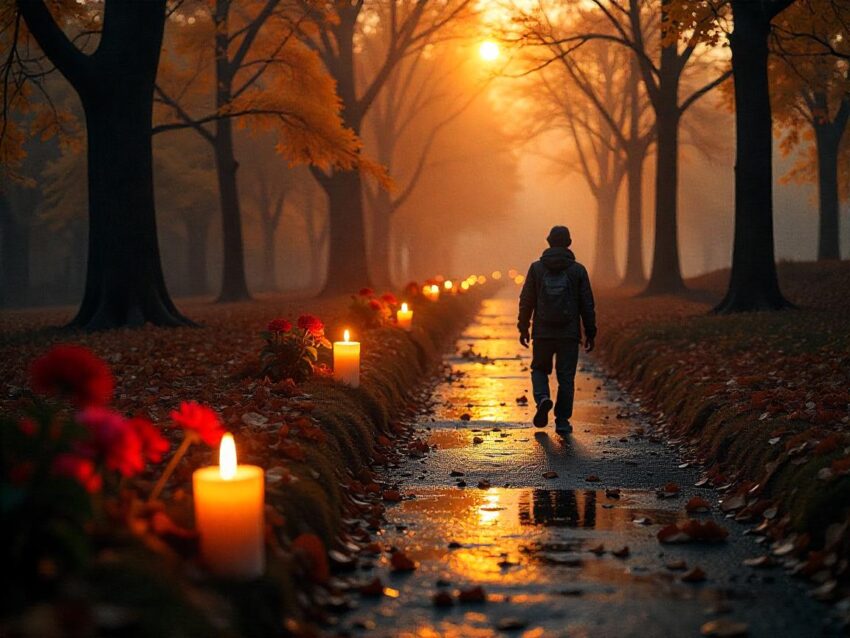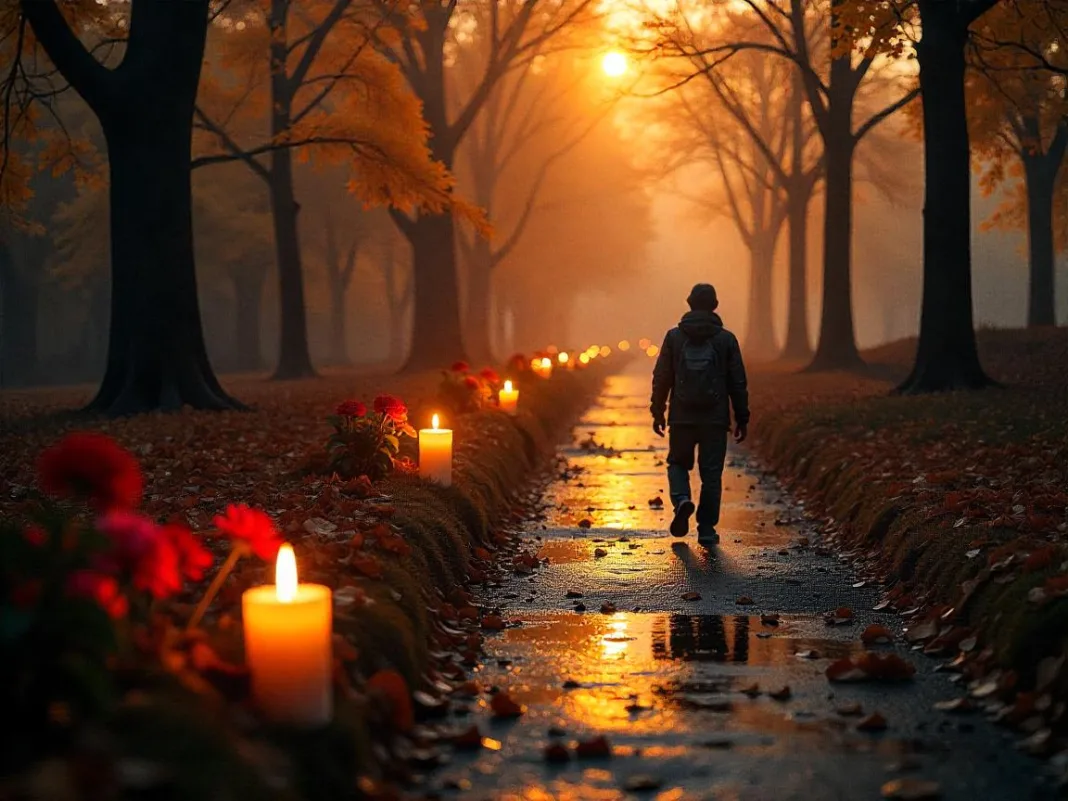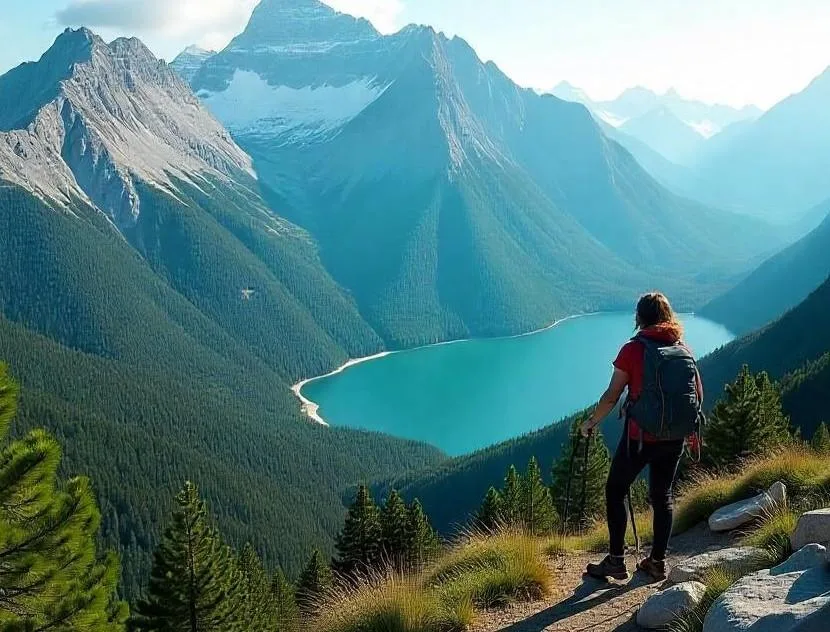Monday, July 14, 2025

New York, San Francisco, Gettysburg, Salem, Philadelphia, Washington, and Oklahoma City are emerging as must-visit hubs for dark tourism, drawing travelers not just from across the US, but now from Canada, Mexico, Chile, and Brazil. These destinations, steeped in history, tragedy, and transformation, are experiencing fresh waves of interest—and a surge of new visitors seeking deeper, more meaningful travel experiences.
What was once niche interest is evolving into a cultural phenomenon. Visitors are no longer just looking for thrill or lore—they’re searching for empathy, reflection, and connection. Whether retracing the footsteps of revolution, loss, resilience, or rebirth, these cities open windows into America’s shared human story.
With this growing international appeal comes important questions about how we interpret and present difficult histories. New updates in exhibit curation, storytelling methods, and community engagement are redefining what dark tourism looks like in 2025. For curious travelers, this moment marks a shift—and a chance to see history in a profoundly human light.
Dark Horizons: Exploring America’s Eerie Allure Through Dark Tourism’s Most Captivating Destinations
There’s a certain hush that falls over places where history turned tragic. A hush that beckons the curious, the contemplative, and sometimes, the thrill-seekers. This is the essence of dark tourism—an often misunderstood yet rapidly growing niche of travel that’s finding fertile ground across the United States.
Dark tourism is not about chasing morbid spectacles. It’s about seeking connection, grappling with history, and understanding humanity’s shadows. For travelers looking to dive deeper into America’s complex past, there’s a rich tapestry of sites waiting to tell their stories.
The Weight of Memory: Ground Zero and the 9/11 Memorial and Museum
No American dark tourism journey feels complete without standing at the foot of the reflecting pools where the Twin Towers once soared.
In lower Manhattan, the National September 11 Memorial & Museum isn’t merely an architectural marvel. It’s a place where silence speaks volumes. Visitors trace names etched in bronze, run their fingers across the cool stone, and listen to the soft echo of water cascading into the voids.
It’s emotional, at times overwhelming, and yet utterly essential. Over five million visitors come here annually, proving that even amid modern Manhattan’s rush, there remains a sacred space where collective grief and resilience are honored.
Beyond remembrance, the museum dives deep into global ramifications, personal narratives, and the humanity behind headlines. It’s the perfect reminder that dark tourism can also be about empathy and education.
Alcatraz Island: Layers of Crime, Escape, and Solitude
A short ferry ride from San Francisco’s piers takes you into another realm entirely. Alcatraz Island, surrounded by icy waters and constant seabird cries, stands as a silent witness to America’s penal past.
For decades, this forbidding fortress held the country’s most notorious criminals. Today, visitors wander through stark cell blocks, listening to audio guides narrated by former inmates and guards. There’s an eerie beauty to Alcatraz: rusted bars, peeling paint, and windows framing a glittering city skyline just out of reach.
Night tours up the haunting ante. As the last ferry departs, a hush descends, leaving you alone among echoes and shadows. It’s the kind of immersive storytelling that makes dark tourism so compelling—turning history into a living, breathing experience.
Gettysburg Battlefield: Where History Still Whispers
Some places feel eternally haunted by history. Gettysburg is one of them.
The rolling fields of Pennsylvania witnessed the Civil War’s bloodiest clash. Over three harrowing days in 1863, nearly 50,000 soldiers were killed, wounded, or went missing. Today, visitors tread gently across these hallowed grounds, pausing at iconic spots like Little Round Top and the Peach Orchard.
Gettysburg’s allure isn’t just its battlefield lore. It’s the sense that you’re standing in the middle of a monumental American turning point. Ghost tours weave tales of spectral soldiers, but the most chilling moments often arrive in silent reflection under a summer sun.
The town itself thrives on dark tourism, hosting nearly a million visitors each year, eager to connect with this deeply significant chapter of American history.
Salem, Massachusetts: Witches, Hysteria, and Commerce
Salem is proof that dark tourism doesn’t always come draped in solemnity. Sometimes, it’s a riot of costumes, street performers, and neon witch hats.
The 1692 witch trials cast a long shadow over this charming New England town. Twenty innocent people were executed amid hysteria and paranoia. Today, Salem has transformed its grim past into a booming tourist industry.
Come October, the town swells with over half a million visitors seeking haunted happenings, historic tours, and festival fun. Museums like the Salem Witch Museum or the Witch House tell sobering tales of injustice. Yet there’s a carnival atmosphere, too, where visitors can dabble in tarot readings between browsing artisan shops.
It’s an intriguing paradox: a place where dark history fuels vibrant modern commerce.
Eastern State Penitentiary: America’s Haunted Fortress
Towering stone walls, Gothic arches, and an eerie hush—the Eastern State Penitentiary in Philadelphia feels like a fortress built to keep secrets.
This former prison pioneered the concept of solitary confinement, a radical idea in the 19th century. Walking through its crumbling corridors, visitors glimpse cells that once held notorious inmates like Al Capone.
Eastern State isn’t content to be a static relic. It leans into its reputation as one of America’s most haunted places. Each autumn, “Terror Behind the Walls” transforms the site into an immersive haunted attraction, merging history with heart-pounding theatrics.
But it’s not all scares. The institution grapples openly with themes of mass incarceration and criminal justice reform, reminding travelers that dark tourism can ignite conversations far beyond morbid curiosity.
The Oklahoma City National Memorial: Light Amid Darkness
There’s a quiet strength emanating from the Oklahoma City National Memorial & Museum. Here, where the Alfred P. Murrah Federal Building once stood, 168 empty chairs now mark the lives lost in the 1995 bombing.
This site balances darkness and hope. The outdoor memorial glows softly at night, reflecting pools capturing city lights. Inside, the museum meticulously recounts the timeline of that harrowing day while honoring the resilience of survivors and first responders.
For many, it’s a place of healing—a space where grief finds expression, and remembrance transforms into resolve.
It’s a striking example of how dark tourism can create sanctuaries of reflection and community.
Dark Tourism’s Rising Popularity—and Controversy
Dark tourism in the United States isn’t merely a niche trend. By 2025, it contributes an estimated $3.7 billion annually to the economy. Places like Gettysburg, Salem, and Ground Zero see millions of visitors, driven by curiosity, empathy, and the desire to understand complex histories.
Yet dark tourism isn’t without controversy. Critics warn against sensationalism, arguing that tragedy shouldn’t become spectacle. Ethical operators now prioritize respectful storytelling, trauma-informed practices, and authentic narratives to ensure visitors engage thoughtfully rather than merely seeking thrills.
Travelers increasingly seek genuine connection. They crave places that stir emotion and deepen understanding—not just Instagrammable moments. Dark tourism, when done responsibly, offers precisely that.
Looking Ahead: The Future of Dark Journeys
From ghost towns rising in popularity to new memorials for modern tragedies, dark tourism in America is evolving. Virtual reality tours are making once-inaccessible sites reachable from home, while immersive storytelling pushes boundaries on how we experience history.
More travelers are recognizing that confronting darkness can illuminate truths about humanity. It’s not just about morbid fascination—it’s about understanding resilience, compassion, and the threads that bind us across time.
So if your travel dreams include a brush with America’s shadowed past, the country offers countless destinations where history whispers, and every step tells a story worth hearing. Whether it’s a somber moment at Ground Zero or a lantern-lit stroll through Gettysburg’s haunted fields, America’s dark tourism landscape promises experiences that linger long after you’ve returned home.
Tags: 9/11 Memorial, Alcatraz Island, brazil, Canada, Chile, cultural tourism, Dark tourism, Dark tourism USA, Gettysburg, Gettysburg Battlefield, Historic Travel, international travelers, mexico, New York, oklahoma city, Oklahoma City memorial, Philadelphia, Philadelphia history, Salem, Salem Witch Trials, San Francisco, US, Washington







